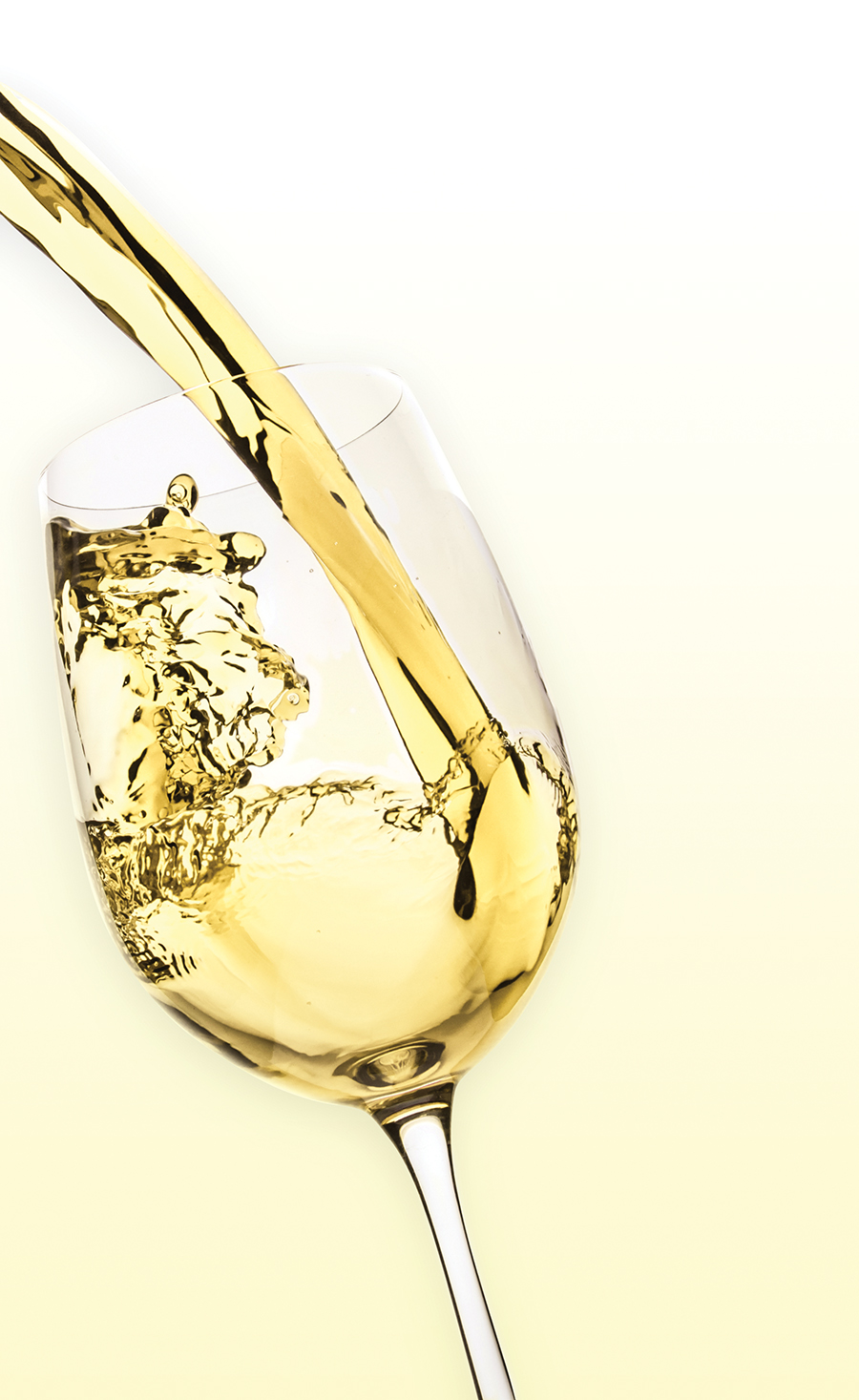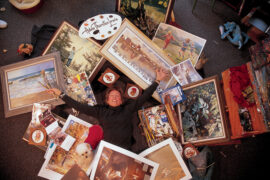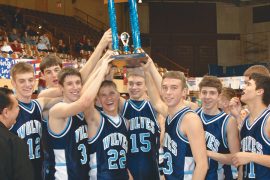By Matthew Debord
HQ 90 | SUMMER 2015
When most people think of summer, they think of getting outside, enjoying sunshine and picnics and barbecues and all the stuff that makes summer special.
Wine is also something that can make summer special, but the unfortunate tendency is to decide that warm weather means you can only drink light, chilled wines. The rest of the year is for the diverse bounty of what the wine world has to offer – summertime is all about passing the Pinot Grigio!
It doesn’t have to be this way. Sure, if all you plan to eat all summer long is salad and corn on the cob, then unassuming, easy-to-drink whites whose natural home is the ice bucket will be fine.
But there’s a way to enrich your summer wine-drinking experience.
Remember, summer food isn’t necessarily “light.” Grilled chicken is substantial fare. So is traditional barbecue. Hamburgers and hot dogs don’t go away when the weather gets cold.
As with just about everything in the wonderful world of wine, it comes down to matching wine with food.
Here’s how you do it. Separate the wines of summer into three categories: light, medium and “heavy” or full flavored.
An example of a light wine would be something like Vinho Verde, a Portuguese white wine bottled so soon after the grapes that go into it have turned into wine that it’s literally bubbling, due to a bit of fermentation still taking place. Believe it or not, you may have drunk something like it long ago: a wine that was marketed under the brand name “Lancers” back in the 1970s was similar in style. These days, Vinho Verde has gained in popularity, mainly as a summer quaffer. You can find it easily online, usually for less than $15.
New Zealand Sauvignon Blanc is another light white that’s fun in summer. The zingy citrus flavors make the wine a great companion to grilled seafood. One that I’ve been enjoying of late is Kim Crawford, also an easy wine to locate online and in wine shops for around $20.
But if you really want a good bargain summer white that’s light as air, look for Sutter Home Chenin Blanc. At about $9, it’s the ideal white to use for white-wine spritzers: just add ice, club soda and a wedge of lemon.
Medium whites are defined by their body, fruit and lower overall levels of acidity, relative to the light wines of summer – Sauvignon Blanc from California, for example, due to a richer suite of tropical fruit flavors. Italian Pinot Grigio also fits into this category, because the wines tend to have a slightly thicker, smoother texture. Obviously, simple summer pastas cry out for this type of white. But so do roasted oysters and some of the more straightforward grilled chicken preparations (once any kind of sweet glaze or barbecue sauce enters the picture, medium whites aren’t so great).
You can locate Santa Margherita Pinot Grigio just about everywhere and although there are less expensive options, $15-$20 isn’t bad for a wine that won’t disappoint.
Heavy or full-flavored summer wines are the heavy artillery. You don’t want to haul these out when it’s 95 degrees and the humidity is thick in the air. But when you’re looking for something that can pair well with barbecued chicken that’s been sauced, barbecued pork and stuff like lobster, full-flavored whites are where you turn.
An important note about temperature: while it’s fine to serve light and medium summer whites quite cold – and hard to avoid the chill, as these wines will often find their way into outdoor ice baths – heavier whites will not benefit from arctic cooling. Cold kills some of their richer flavors. So don’t think they need that treatment.
Your default choice here is Chardonnay, largely because of its great range of richness.
European Chards will lean toward the lighter side of the spectrum, while Chards from California will be bigger. In some cases, very big. Vinho Verde is going to serve up alcohol levels of about 10-11 percent. But some Cali Chards can push the 15-16-percent envelope, which is red wine territory. You can understand why that’s what you’re looking for when you have to tackle a big pile of lobster or crabs.
You have hundred of Chards to choose from. One of Huntington Quarterly publisher Jack Houvouras’ favorites comes from Greg Norman Estates, an Australian producer founded by the famous golfer. The basic Chard is about $10, with fancier bottlings rising up the price chart. All are delicious.
One of my faves is from the Santa Barbara winery Au Bon Climat. It retails for about $22 and is somewhat lower key than the “fruit bomb” California Chards that a lot of wine critics don’t like (I’m not one of them, by the way). However, it’s still very fruity and rich and can stand up to just about anything you throw at it. In fact, just writing about it now makes me want to drink a glass!
So, there you have it. Summer wine drinking doesn’t mean boring, limited wine drinking. It’s just a bit different from drinking wines during the rest of the year.





